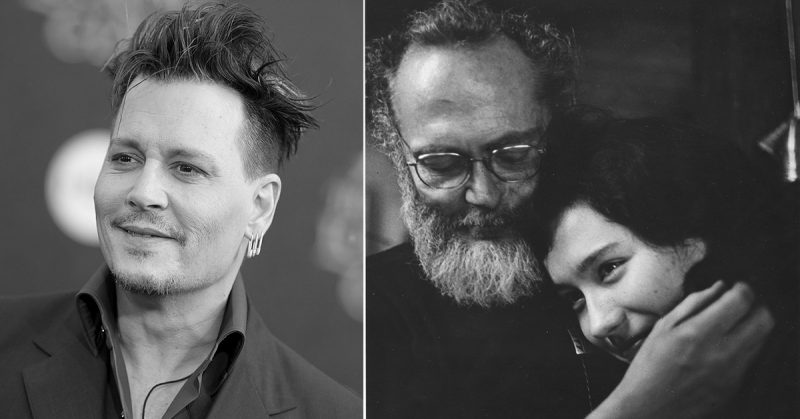Hollywood icon, Johnny Depp, is set to star in a new biopic centered on the life of war photographer, W. Eugene Smith.
Depp’s production company, Infinitum Nihil, has been developing the film which is said to be titled Minimata. Filming is scheduled to begin in Japan in January 2019. Andrew Levitas is on board to direct from a script by David K. Kessler.
W. Eugene Smith is credited by many in the business for coming up with the ‘editorial photo essay’ during his assignments covering events in World War II. He would shoot a series of photographs in an effort to tell a bigger story than would be otherwise possible with a single picture.
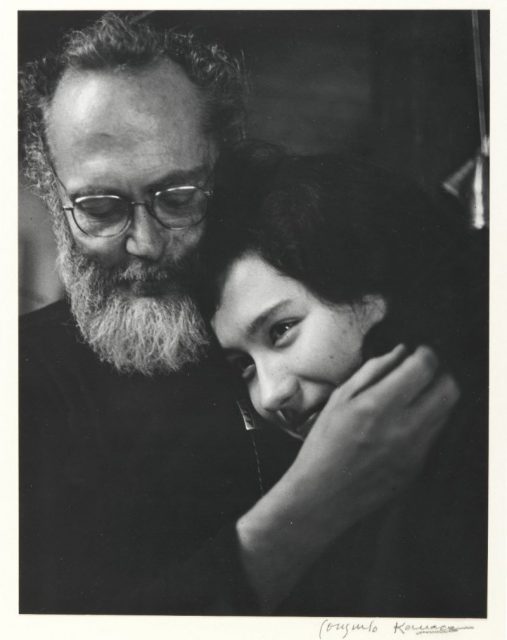
He was born in 1918 in Wichita but moved to New York as soon as he was able in order to pursue his chosen metier as a photojournalist.
He came to prominence among the agencies in New York because of his innovative approach and skill at lighting interior shots. But it was his time spent in the Pacific theatre with US Forces that was to make his name.
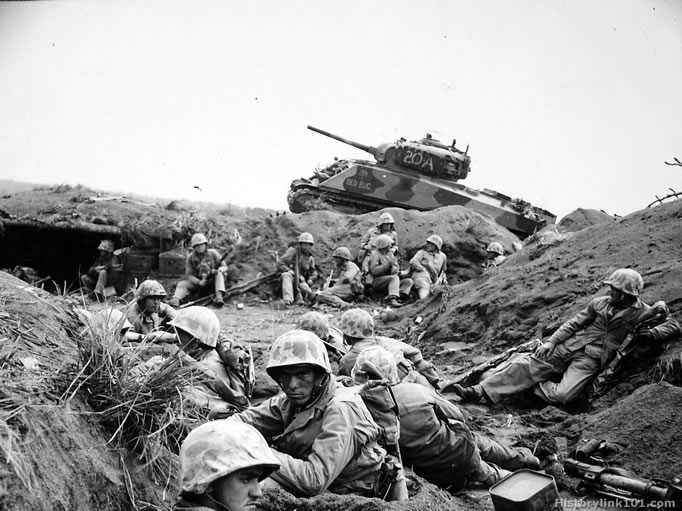
Smith did three tours. For the first, in 1942, he was embedded within the US Marines, going to Iwo-Jima, Guam, and Okinawa. He worked for Flying magazine from 1943-44 and then for Life, taking in the US Air Force’s Pacific action against the Japanese.
His pictures garnered a reputation for being nothing short of brutal. Smith’s avowed aim was to show to the world the ultimate stupidity and pointlessness of war.
In 1945, his time as a war photographer ended abruptly when he was hit by mortar fire to the face. It took two years for him to recover, and several bouts of surgery, but by the time he was ready to return to work, his World War II pictures had ensured he would be in demand.
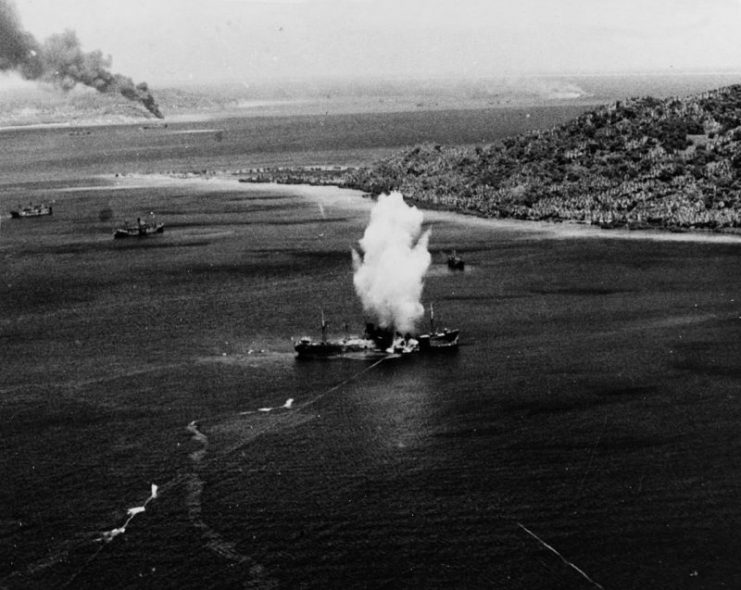
However, the movie actually begins in the 1970s when Smith and his wife, Aileen Mioko Smith, were living in Minimata. Smith was talked into going by Life Magazine Editor, Ralph Graves, to investigate what has since been described as the world’s biggest health cover-up.
Local fertilizer company, Chisso, had been dumping raw sewage containing mercury by-products in the ocean for decades. These chemicals had entered the food chain, resulting in seizures and fitting in victims in what became known as ‘Minimata disease.’
The couple wrote and published a book, Minimata: The Story of a Poisoning of a City, to shine a light on the methylmercury poisoning that had been affecting the residents of the city since the 1950s.
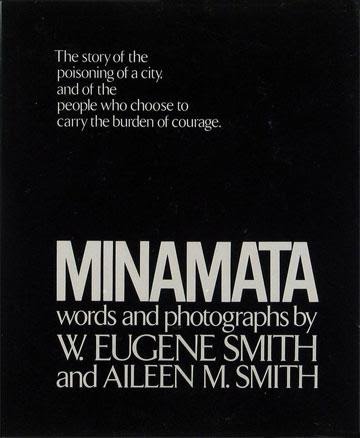
More than 100 people had died and many more were left permanently damaged after eating contaminated fish. Local doctors estimated that the numbers affected could have reached the tens of thousands.
In 1972, Smith released a photo-essay called Death-flow From a Pipe, which included some of his most powerful images. But it also caused a lot of trouble for him in Minimata as the Chisso Company employed a very high percentage of the region’s population.
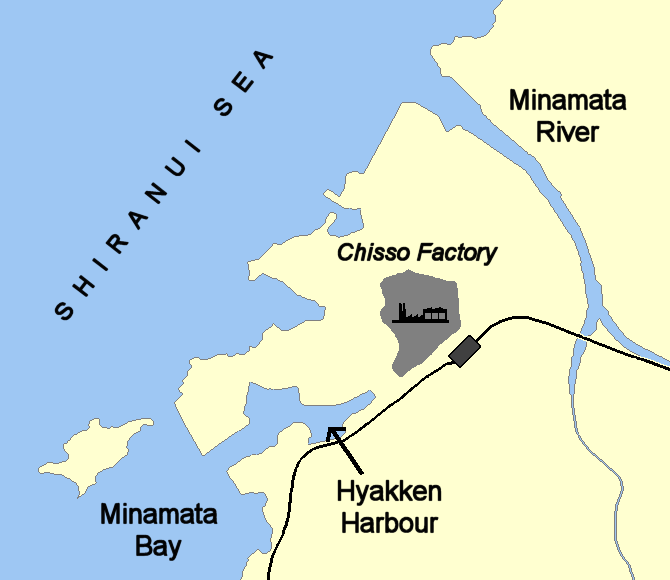
In January 1972, he was attacked and badly beaten, leaving him with only partial sight in one eye. His wife, Aileen, completed the work, and in 1974, he returned to the US.
The central image of the book is “Tomoko Uemura in Her Bath,” a shot of a mother bathing her daughter who was disabled in the womb by methylmercury poisoning.
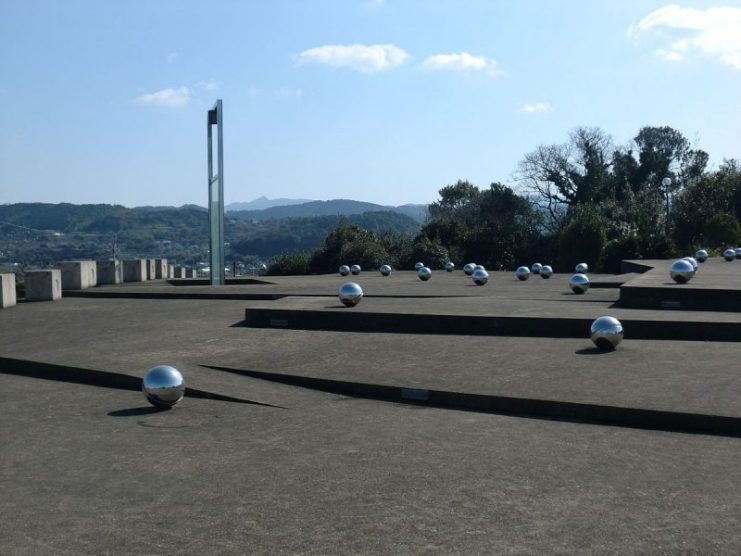
Andrew Levitas said in a recent interview that “working with Johnny to give voice to those who have been silently suffering is a responsibility we do not take lightly.”
Read another story from us: Battle of Iwo Jima with Amazing Video and Combat Photos
Gabriel Stewart of Hanway Films, the distributors, said “Eugene Smith’s… story is extremely relevant as it explores how a powerful image can spur the world into action.”
